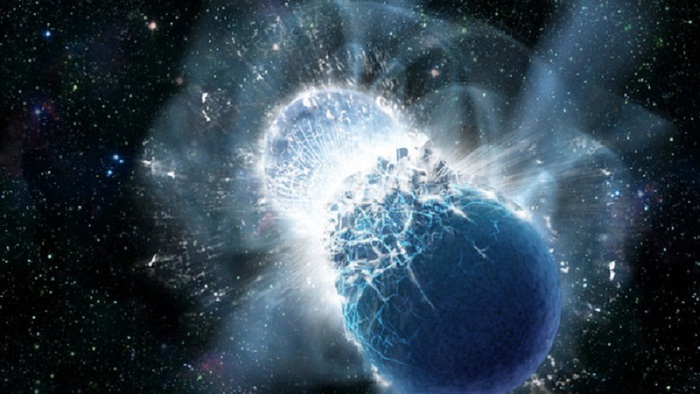The number of
gravitational waves
captured by their discovery, which took place five years ago,
rises to
90
, and of these are
35
those observed between November 2019 and March 2020: these are the results that emerge from the publication of the new
Catalog
or of events discovered by the main active detectors in the world: the two
Ligo
interferometers
, in the United States, the European
Virgo
located in Italy, in Cascina (Pisa) and the Japanese
Kagra
. These are numbers that indicate how the newborn gravitational astronomy is now a consolidated reality.
From the enigmatic neutron stars of anomalous size to supermassive black holes, the cosmic objects protagonists of the new catalog are different from each other and allow for the first time to study phenomena hitherto impossible to observe. One of the latest events, recorded in February 2020, saw the merger of a pair of black holes, or a mixed pair of a black hole with a neutron star, in which one of the two objects had a mass thought to be a little too small. for that foreseen by the theoretical models.
The data just published in this third Catalog, called
GWTC-3
, refer to the numerous information collected starting from 2016 by the European surveyor Virgo of the European Gravitational Observatory (Ego) and in which Italy participates with the National Institute of Nuclear Physics (Infn), the American Ligo and the most recent Japanese Kagra.
"I still vividly remember the enthusiasm of all of us scientists as we listened to the public announcement of the first discovery of gravitational waves in early 2016," said Edoardo Milotti, member of the Virgo collaboration at the University of Trieste and Infn. "Now, less than six years later, the findings reported in the GWTC-3 catalog add valuable new information to the new, growing field of gravitational wave astronomy, and provide a new perspective on many aspects of the Universe, such as, for example, binary populations of black holes or neutron stars ".
It was also made possible by the many interventions, some even very recent ones, to update the instruments which made it possible to improve the quality and quantity of the gravitational waves observed.
For Giovanni Losurdo, spokesperson for the Virgo collaboration and Infn researcher, "this new catalog demonstrates how Virgo, Ligo and Kagra are moving quickly into a new phase: from the discovery and observation of isolated events to population studies, one way powerful to investigate the nature of the dark universe. This change - he noted - will appear even more relevant in the next cycles of observation when, thanks to recent updates, we expect to reveal up to one event per day ".

